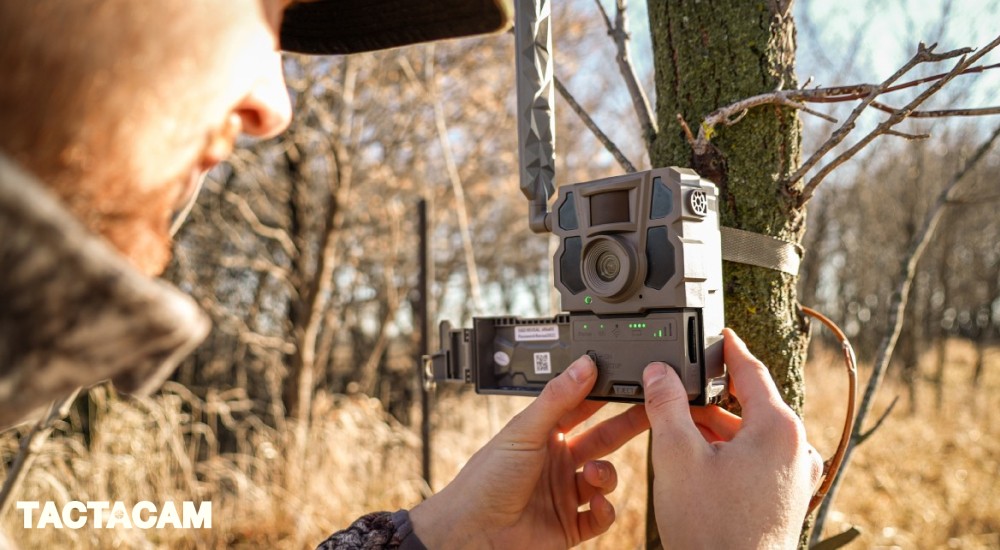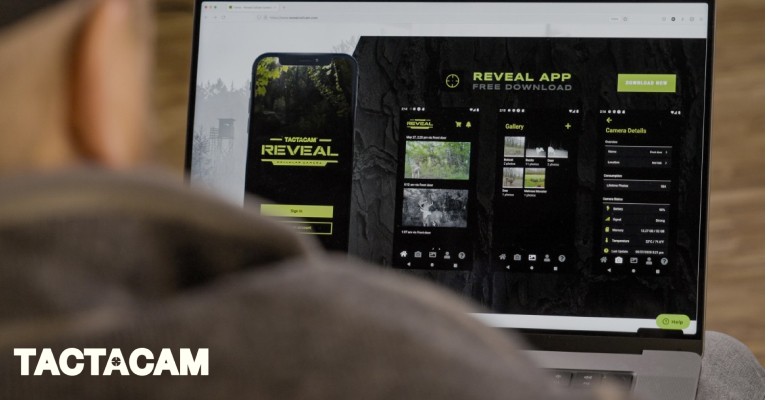Cellular Trail Camera Guide

As mobile technology continues to evolve, more hunters and property owners are choosing cellular trail cameras to watch their land while they’re away. Being slightly more expensive compared to non-cellular trail cameras and requiring a data plan, many hunters and property owners are left wondering if cellular trail cameras are worth it and how they work. Our Hunting Experts help explain why cellular trail cameras are the perfect way to survey your land and keep it safe.
How Do Cellular Trail Cameras Work?

Like all game cameras, a cellular trail camera features a motion detection sensor that alerts the camera to begin recording images. If connected to a data plan, the cellular trail camera will send these images directly to your smartphone or laptop by using a cellular network—much like how you send and receive messages on your phone. To easily view and organize these images, most trail camera manufacturers have developed an app you can download. Your images will also be stored on the SD card for viewing.
For greater reliability, it’s best to choose the carrier (such as Verizon, AT&T, or Sprint) with the strongest signal in the area where your trail camera will be located regardless of your smartphone’s carrier. A cellular trail camera can still connect to your device, even if they operate with different carriers. If you choose not to connect your cellular game camera to a data plan, it will function the same way as a non-cellular camera.
Do Cellular Trail Cameras Require a Subscription?

Yes. Since cellular trail cameras connect to a cellular network, you need to pay for a data plan to receive messages to your personal device. Many manufacturers now offers a variety of different data plans through them, making the set-up process much easier.
Typically, cellular trail camera plans run on a monthly basis and can range in price from $5 to $30+ depending on how many images you’d like to receive each month. You can also go directly through Verizon, AT&T, Sprint, or another cellular carrier in your area to add a trail camera to your account.
Wireless Wi-Fi vs. Cellular Trail Cameras
It’s important to understand the difference between a wireless Wi-Fi trail camera and a cellular trail camera. A wireless Wi-Fi trail camera can send images only if there is a Wi-Fi signal, while a cellular trail camera uses cellular networks to transmit the data.
Since cellular cameras send captured images directly to your smartphone or laptop, you can spend more time prepping and planning for your hunt and less time driving around to check cameras. Plus, you won’t be disturbing your hunting area or leaving your scent behind by having to go check your trail camera. For these two reasons, many of our hunting experts believe that a high-quality cellular trail camera is worth the investment! If you’re ready to try a cellular trail camera for yourself, check out our Expert-picked best trail cameras.